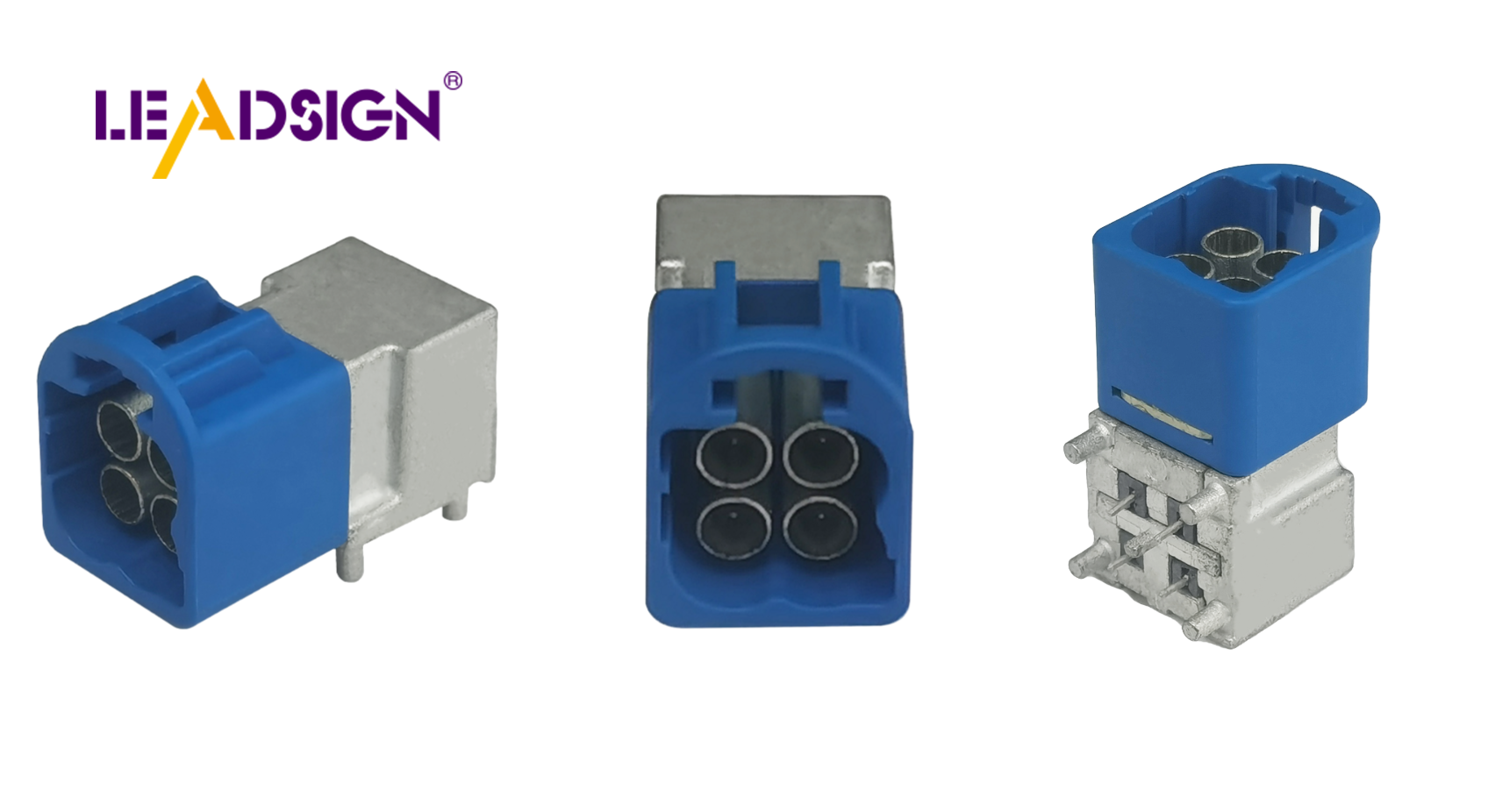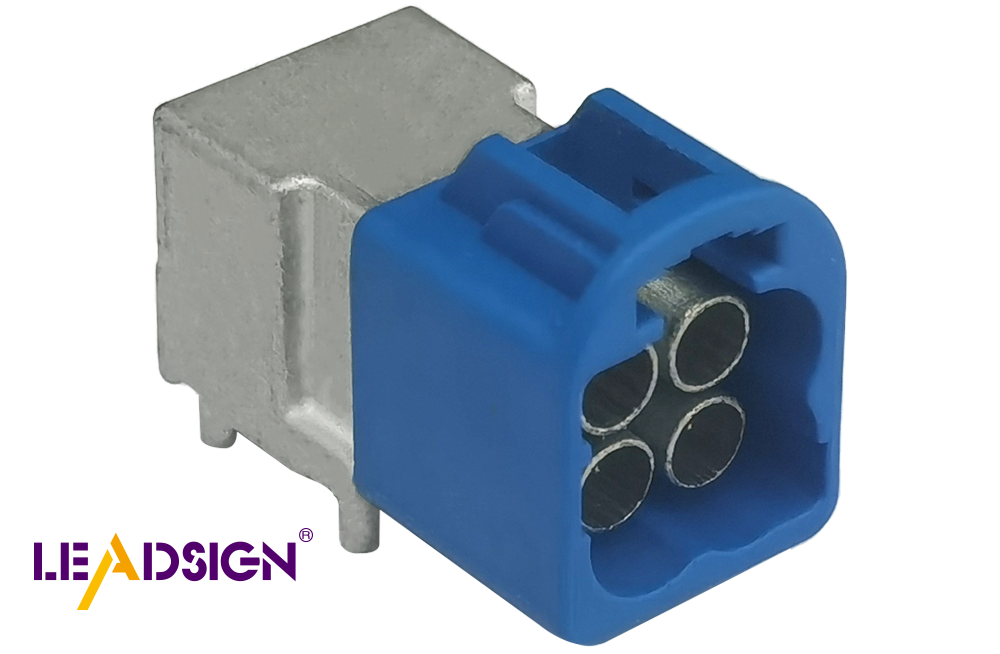A Guide to Types of Wire Connectors Automotive Enthusiasts Use

Automotive electrical connectors types play a crucial role in car systems by ensuring safe and robust electrical connections for essential components such as airbags and engines. There are various types of automotive electrical connectors, each designed for specific applications. Selecting the appropriate connector is vital for both safety and performance. As vehicles become more technologically advanced, the demand for connectors increases, with cable-to-wire connections gaining popularity. Choosing the right type of automotive electrical connector enhances your car's functionality and safety.
Overview of Automotive Electrical Connectors Types

Knowing about different automotive electrical connectors is important for car lovers. These connectors help your car's electric parts work well and safely. Let's look at some common and special types you might see.
Common Automotive Electrical Connectors Types
Butt Connectors
Butt connectors are often used in car wiring. They connect two wires end-to-end securely. You put the wire ends into the connector and crimp it to keep them together. This connector is great for fixing or making wires longer in your car.
Ring Terminals
Ring terminals are also popular. They have a ring-shaped end that fits over bolts or screws, giving a strong connection. Use them when you need to attach a wire to a stud or post, like for grounding.
Spade Terminals
Spade terminals, called fork terminals too, have an open end for easy connecting and removing from places. They are good when you need to disconnect and reconnect wires often, especially where space is tight in cars.
Specialty Automotive Electrical Connectors Types
Heat Shrink Connectors
Heat shrink connectors protect against water and weather. After crimping onto the wire, heat shrinks the tube around it, sealing it tightly. Use them in tough conditions.
Quick Disconnects
Quick disconnects let you join and separate wires without tools easily. They have male and female parts that snap together. They're handy where you change parts often, like lights.
Product Information: The Triton Series Automotive Connectors handle tough car environments with better sealing and vibration resistance. They meet strict rules for electric cars, ensuring they last long.
Product Information: The HR41 Series Automotive Connectors are made for fast data needs in smart driving systems (ADAS) and self-driving cars. Their small size and strong build suit hard car settings.
When picking automotive electrical connectors, think about what your car needs and where they'll be used. Good connectors make sure your car's electric systems work best, keeping it safe and useful.
Picking the Right Connector
Choosing the right connector for your car is important. It helps your car's electrical parts work well and safely.
Important Things to Think About
Wire Size Match
When picking a connector, check if it fits the wire size. Wire size means how thick the wire is. A good fit makes sure the connection is strong. If the connector is too big or small, it might not work well or could break. Connectors often show what wire sizes they fit, so always look at this before buying.
Weather Conditions
Weather affects how connectors work. Think about heat, wetness, and chemicals around them. For example, connectors in engines need to handle high heat and oil spills. Scientific Research Findings: Connectors are key for moving power in electric cars. Metal ones are tough and reliable for cars. Picking connectors made for certain weather helps them last longer and work better.
How to Install Correctly
Putting connectors on right keeps your car's electric system safe. Follow these steps for a good installation.
Needed Tools
The right tools make installing easier:
Wire cutters: To take off wire covers.
Crimping tool: To attach wires to connectors tightly.
Heat gun: For shrinking heat shrink tubes over connections.
These tools help you install like a pro, making sure everything works well.
Installation Steps
Get Wires Ready: Use wire cutters to remove covers from wires' ends. Make sure bare wire length matches connector needs.
Pick Connector: Choose one that fits wire size and weather needs.
Connect Wires: Put bare wire into connector and use crimping tool to hold it tight.
Seal Connection: If using heat shrink tubes, use heat gun to shrink tube over connection for extra protection.
Check Connection: Test connection after installing to see if it's strong and working right with a multimeter.
By doing these steps, you make sure your car's electrical parts are safe and work their best with the right connectors.
Picking the right automotive electrical connectors is very important. It keeps your car safe and working well. Focus on both how they work and safety when choosing. This makes your car run better and last longer. The Triton Series connectors are a good example. They seal well and resist shaking, perfect for tough places. To learn more, check online sites and groups about car connectors. Look for trusted makers known for new ideas and safety to help you buy the best ones.
See Also
Exploring Ford Fakra Connectors: A Comprehensive Overview
Essential HSD Connectors in Automotive: A Beginner's Guide
In-Depth Look at HSD Connectors in Various Industries

